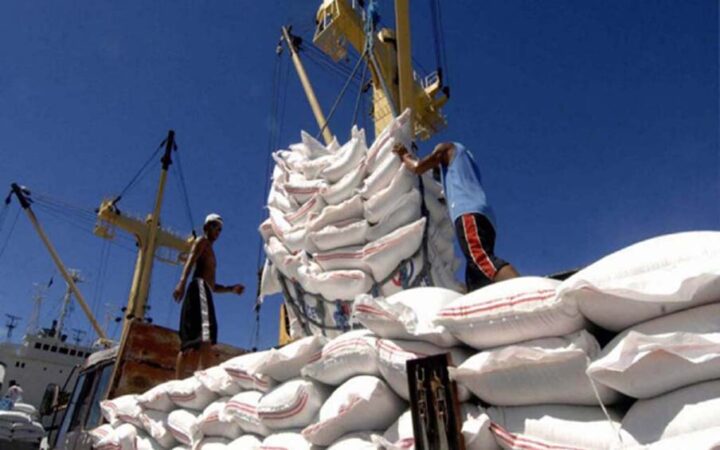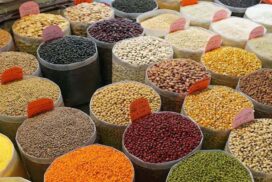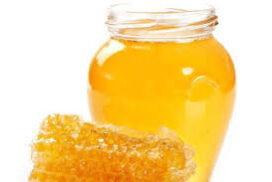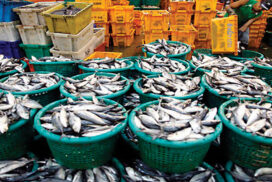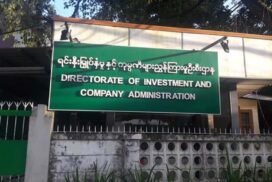According to statistics released by the Ministry of Commerce (MoC), exports exceeded US$264 million from 6 to 12 January. The major exported items included rice, broken rice, beans and pulses, fruits, rubber, and sesame.
The Myanmar Rice Online — MyRo system, an online registration system for warehousing rice, has been implemented by the MoC and the Myanmar Rice Federation to supervise rice exports, prioritizing sufficient domestic stock and price stability. Indonesia, the Philippines, Malaysia, Belgium, Cameroon, Slovenia, Italy, Croatia, Bulgaria, and the Ivory Coast were the primary purchasers of rice from Myanmar during the week.
A total of 326 tonnes of rubber were exported during the week, generating approximately US$10 million. Ribbed Smoked Sheet Rubber (RSS Rubber) and mixture rubbers were mainly shipped to China, Malaysia, Japan, Viet Nam, Indonesia, and South Korea, while rubbers were delivered to China and Thailand via the border trade route.
The ministry urges the extension of cultivation and productivity of seasonal agricultural produce and tree crops such as rubber to increase agriculture and livestock item exports. Latex can be collected from seven or eight-year-old trees, and the country has already secured a reasonable global market share. The Myanmar Rubber Planters and Producers Association and relevant departments continuously collaborate on arrangements to produce rubber.
Rubber production is directly linked to Goal 8 of the Sustainable Development Goals — ‘promoting inclusive and sustainable economic growth, employment, and decent work for all.’ According to the Agriculture Department’s statistics, Myanmar produces 300,000-400,000 tonnes of rubber annually.
The ministry also states that promoting rubber exports and producing import-substitute goods are expected to be fundamental factors for the country’s economic growth. The ministry urges relevant departments, technicians, experts, and stakeholders to collaborate on producing creative, innovative, and quality products and raw materials, increasing manufacturing items, and boosting investments in manufacturing, production, agriculture, and export sectors. — MNA/ TMT
Myanmar generates over US$264M from exports of commodities in Jan’s second week
- January 22, 2024
- 340
